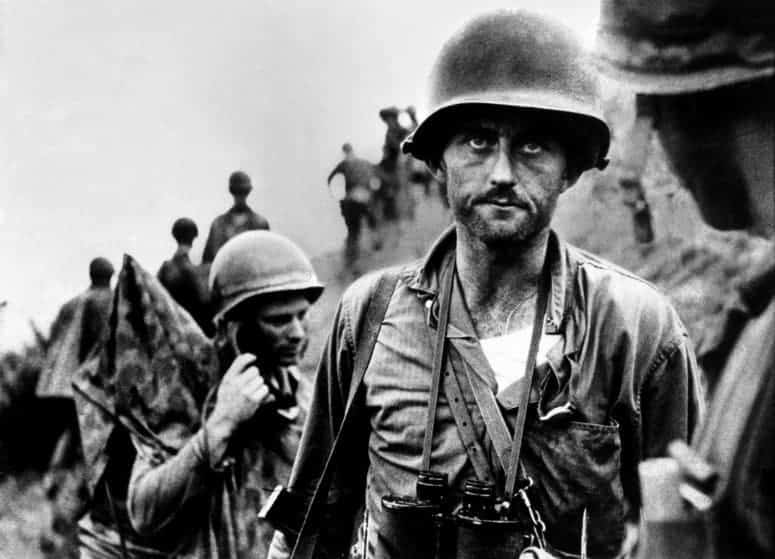The Korean War began when North Korea invaded South Korea with the intention of taking over the country. Over the course of the war the United States, Soviet Union, and China would enter into the war on opposite sides. Both sides suffered millions of casualties, including many civilians. To this day, the Korean War continues to have lasting repercussions for all of the countries involved and for the security of the international community.

The 38th Parallel is Still as Important as It Ever Was
The 38th parallel was the line chosen by U.S. military planners in 1945 as part of the Potsdam Conference. The line was created to divide the lines of Soviet and U.S. influence. North of the 38th parallel the Soviet Union was to accept Japanese surrender and South of the 38th parallel the United States was to accept the surrender.
In 1948 the line was used to mark the political boundary between the Democratic People’s Republic of Korea (North Korea) and the Republic of Korea (South Korea). Both countries tacitly accept the line while at the same time claiming to be the rightful government of all Korea. On June 25, 1950, the question of the rightful leader of all Korea would come into question when North Korean troops crossed the 38th parallel.
The invasion sparked outcry as the United Nations passed a resolution against the North Korean aggression. United Nations troops (consisting of mostly Americans) came to the aid of South Korea. The war lasted until 1953 when it was ended by an armistice. The armistice established a new border that was based upon the amount of territory that was held by each side.
Today the border between North and South Korea is still often referred to as the 38th parallel. However, that is no longer accurate. The Military Demarcation Line is surrounded by the Demilitarized Zone. The Demilitarized Zone does cross the 38th parallel but the new border is in a different place.

